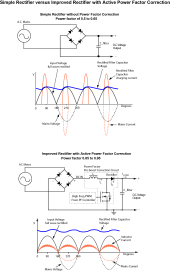It is very inefficient at driving a single zone, like if we only want to use the 9k bedroom head at night. It has to pump to all zones at all the time so my guess the cause is all the heat radiating out the top of the other units even though they're off. For just heating the bedroom it's barely cheaper than resistive bad.
Then, if you run multiple zones the outdoor unit turns up to meet the highest demand so if you have unevenly loaded zones like our living room 18k which demands full power when left on overnight, that causes full power to go to the other zones too. So the bedroom overheats. There is a setting to make the bedroom unit turn its fan off for 20 minutes after reaching setpoint which helps a little but doesn't solve it and you wake up freezing or boiling.
Lastly, it can't heat one zone and cool another. Sure you never think you'd do that until you get used to having them then spring rolls around and it happens, person on the sunny side of the house's AC errors out cause you decided to start heating up the living room on the cold side.



